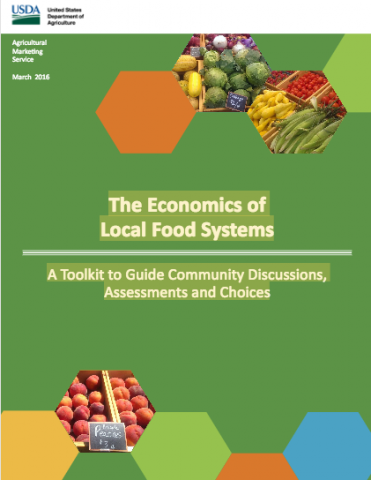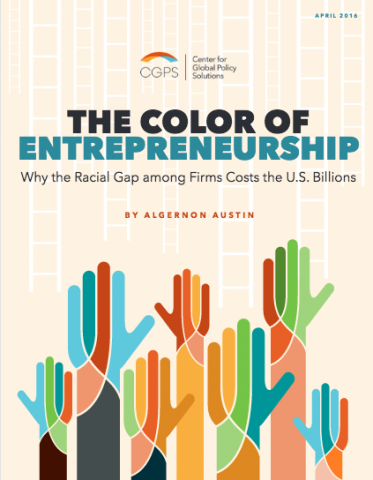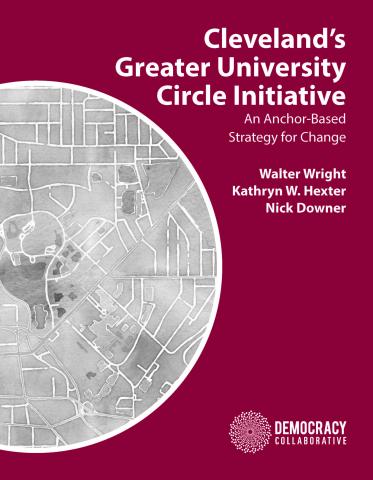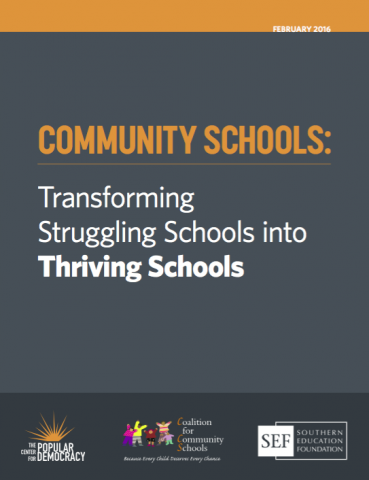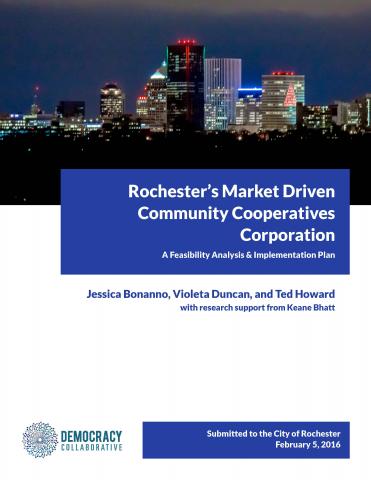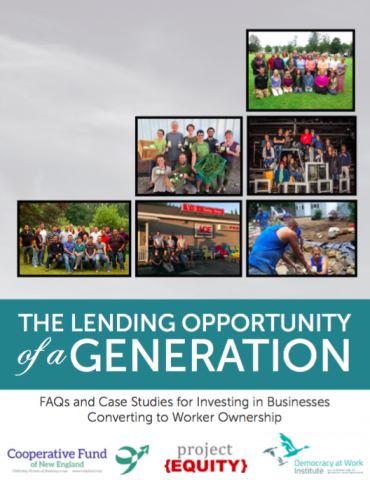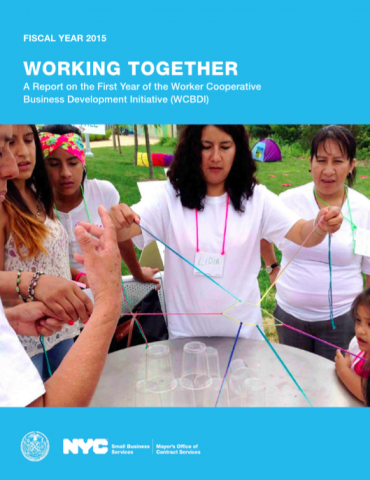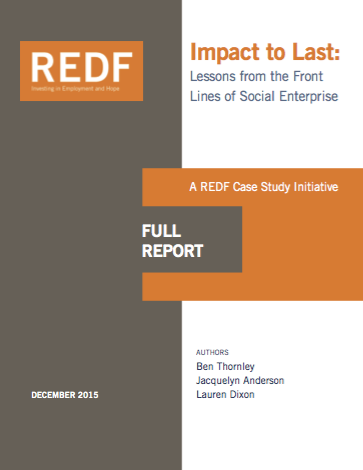Compiled by the United States Department of Agriculture’s Agricultural Marketing Service, this new toolkit provides resources for communities to capture the impact of local food system investments. The toolkit describes how to develop the necessary infrastructure to collect data, and details various economic analysis methodologies. Topics covered include assembling a research team, defining the parameters of a local food system, identifying economic indicators to measure, developing processes for accessing datasets, and communicating findings.
